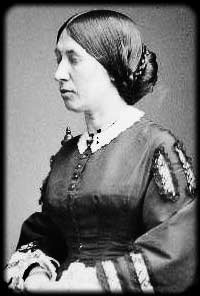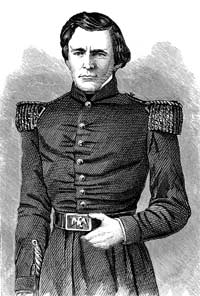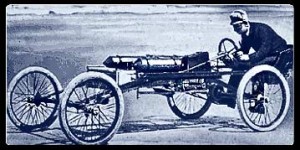Those in the know, knew Pete had a gambling problem but everyone thought he only bet on football or played the horses. Then in ’89 those same people in the know began to suspect he was betting on “the game” and then it was betting on his own team.
Charlie Hustle as the press called him, began playing baseball in 1963 for the Cincinnati Reds and continued playing until 1986. In 1984 he became the team’s manager and remained that position after he retired as a player until the end.
That beginning of the end came in February of 1989 when he was questioned by baseball commissioner Peter Ueberroth on allegations that he was betting on the game. Without question Pete denied the allegations and Ueberroth dropped the investigation. When Ueberroth retired as commissioner shortly after this, Bart Giamatti took over and three days later, he hired an attorney to investigate the allegations against Pete.
Lawyer John Dowd began an extensive investigation, interviewing players, bookies, and bet runners. Dowd came documented the allegations against Pete and then issued his report. In the report Charlie Hustle as Pete was called by the press was shown to have been wagering at least $10,000 every day during ’87 and he bet on 52 Cincinnati Reds games.
Pete and his friends did not believe the report and Pete refused to appear before the commissioner later that year. The commissioner threatened to take the matter before a federal court. At that point Pete negotiated a settlement.
On this, August 24, 1989, Pete agreed to be permanently placed on baseball’s ineligible list. It was a dark day for baseball and 8 days after issuing this agreement, Bart Giamatti died of a heart attack. In 2004 Pete Rose published a book where he admits to gambling on the game and his team.




